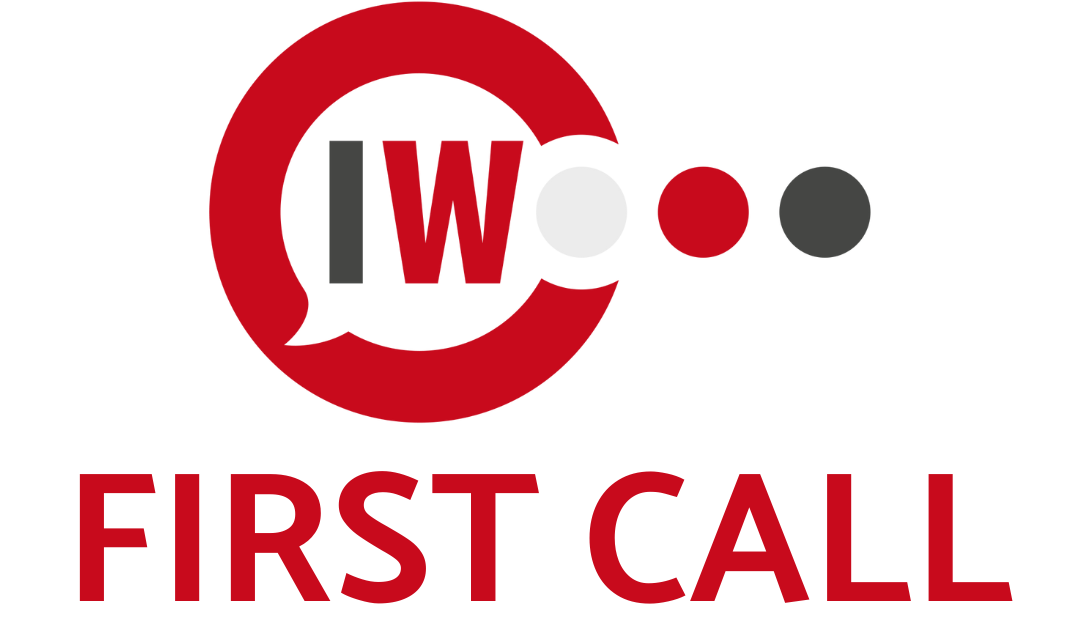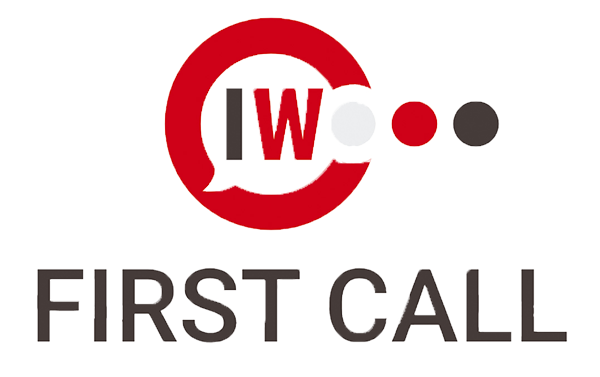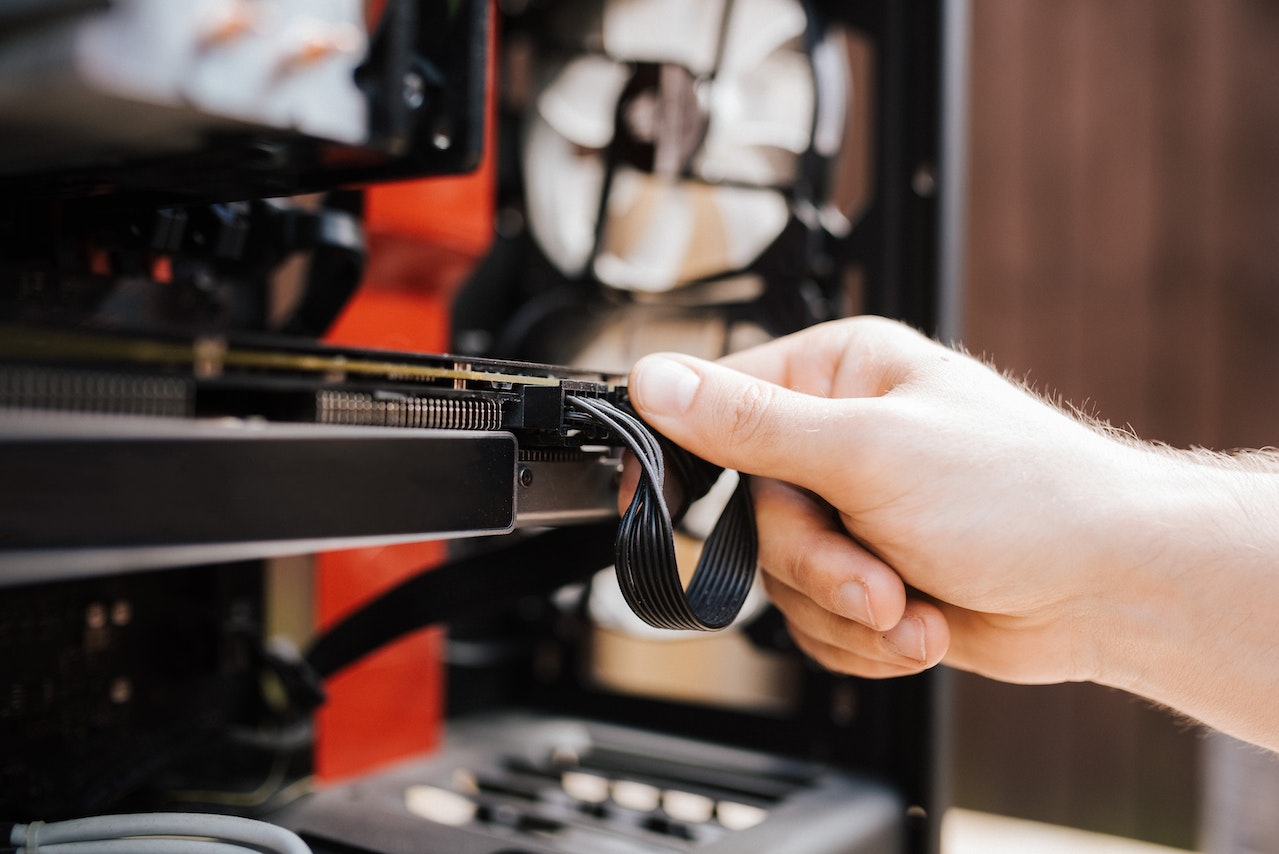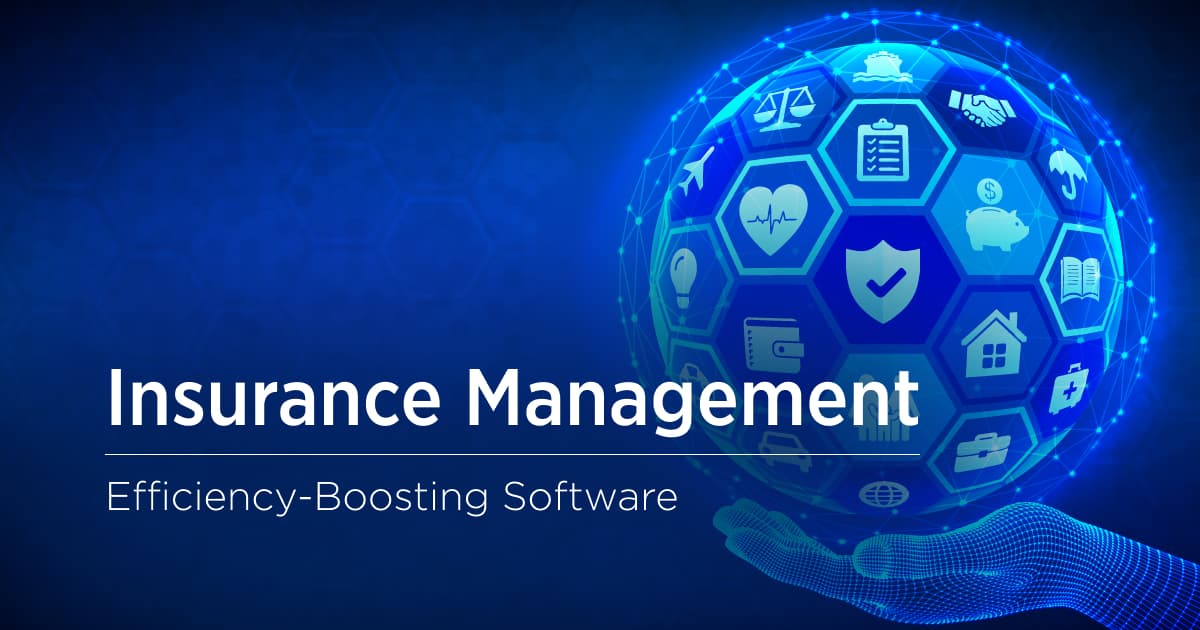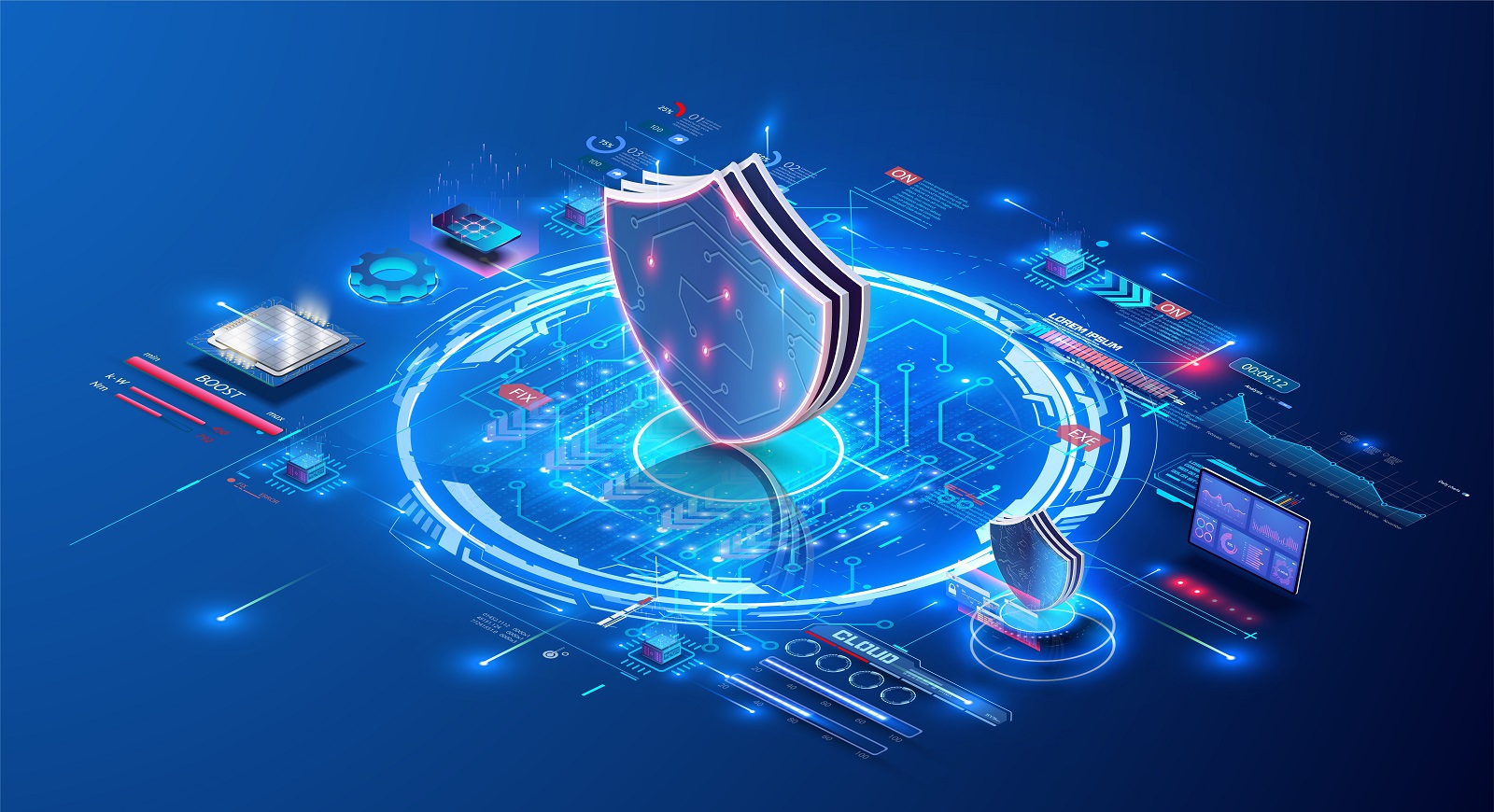The intertwined relationship between software and hardware support is another fascinating aspect in this technology-driven ecosystem. This means that the efficiency and effectiveness of your business operations hinge on a harmonious balance between both hardware and software elements. This balance can only be maintained through dedicated hardware support services, underpinning the lifeline of our modern business infrastructure.
The Role of IT Hardware in the Modern Business Environment
In an era where technology permeates every aspect of business operations, computer hardware plays a crucial role as the physical backbone of our digital infrastructure. In fact, according to an IDC report, global spending on IT infrastructure reached an impressive $237 billion in 2020, marking a 3.6% increase from the previous year. This rise can be attributed to businesses increasingly recognizing the necessity of top hardware to achieve their objectives. And these numbers are only expected to grow as technology develops.
The Significance of IT Hardware Support and Maintenance
No business wants to face the nightmares that come with technical issues, faulty hardware, or unexpected downtimes. According to a study by Gartner, proactive maintenance and support strategies can reduce the total cost of ownership (TCO) for IT hardware by up to 25%. This statistic underscores the value and necessity of hardware maintenance services.
IT hardware and software support involve a myriad of services including on-site technical assistance, lifecycle management of hardware solutions, and support provided by third-party maintenance providers. The unsung heroes of this landscape are our technicians, who diligently work behind the scenes to ensure our digital infrastructure is always up and running. Their responsibilities extend beyond mere “break-fix” scenarios, focusing on a proactive approach that includes preventive maintenance and quick fault resolutions.
IT Hardware Support: Challenges and Solutions
Despite the importance of IT hardware support, the path is not devoid of obstacles. A survey conducted by Spiceworks revealed that 56% of IT professionals consider aging hardware as one of the top challenges they face in managing their IT infrastructure. Moreover, with OEM agreements often involving complex multi-vendor situations, providing the best possible technical support to end users can become a demanding task.
However, challenges create room for innovation. One way businesses can leverage this situation is by harnessing the power of technology itself. For instance, the use of Artificial Intelligence (AI) and Machine Learning (ML) in predictive maintenance can provide a proactive solution to mitigate hardware issues before they escalate. Additionally, effective request management systems centralized through cloud services or platforms like Linux can offer streamlined help desk operations for a more efficient hardware support.
The Future of IT Hardware Support
As the digital realm continues to evolve, so too does the landscape of IT hardware support. According to MarketsandMarkets, the global data center infrastructure management (DCIM) market, which includes hardware support and maintenance, is expected to grow from $1.5 billion in 2020 to $2.9 billion by 2025, at a Compound Annual Growth Rate (CAGR) of 13.4%.
This future, though exciting, demands a symbiotic integration of software and hardware support. This will enable a more holistic approach to managing IT infrastructure, with excellent customer service at its core. We can also anticipate an increase in automation, remote troubleshooting, and the use of IoT for predictive maintenance.
Conclusion
Indeed, the future of IT hardware support looks bright, with an increasingly sophisticated array of solutions on the horizon. As we move forward, the role of IT support services will continue to evolve to meet the demands of our increasingly complex digital world.
Need more insights about IT hardware support for your business? Feel free to contact us and let us help you navigate the complexities of this critical aspect of your business infrastructure.
